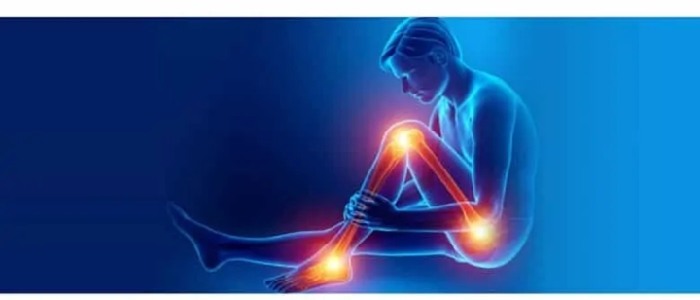New Delhi, Feb 20: Good news for all those lazy-headed not-really-a-cleanliness-freak out there! Scientists have found out that the obsession with hygiene could even be turning some beneficial bacteria found in the human gut into "endangered species".

Providing clean water to everyone on the planet has been a major health goal for decades, but scientists have warned that while it reduces the chance of catching a deadly disease it could also increase the risk of asthma.
Speaking at the annual meeting of the American Association for the Advancement of Science in Boston, Dr Brett Finlay suggested the obsession with hygiene could even be turning some beneficial bacteria found in the human gut into "endangered species".
In a study in Canada, the researchers had found the presence of four types of bacteria in the gut of babies less than 100 days old seemed to prevent them from developing asthma in later life.
They then decided to see if the same was true for children elsewhere in the world and settled on Ecuador, where about 10 per cent of children have asthma, for their next study.
They found the same protective effect of the four bugs, but also two unexpected factors that increased the risk of the condition: a particular type of yeast in the gut and access to a clean water supply.
Dr Finley, of British Columbia University, said: "Ironically the kids with clean water had a higher risk of asthma.
"I guess it makes sense [because of the lower levels of bacteria] but I must admit we were surprised to see that. You'd think clean water is good for the world."
The hygiene hypothesis has emerged as one reason to explain the rise of asthma and allergies in the developed world.
But despite this Dr Finlay, author of the book Let Them Eat Dirt, said too many people still felt the need to kill bugs and urged them to throw away their anti-bacterial wipes.
"I would say we're suffering from a hygiene hangover. We have cleaned the world up too much," he said.
"Maybe these microbes are actually an endangered species - your great grandkids are going to have different microbes than you do.
"There are people biobanking things - I'm not suggesting you should biobank your poop now and give it to your grandkids .. I don't know . I worry we have got too clean and we have got to ease off a little bit.
"We have evolved with these microbe all along.
"I do think we have to rethink this absolute war on all microbes - 'kill them all, carpet bomb them' - I think that's wrong."
However, he stressed there were benefits to being clean.
"Hygiene works - we have got rid of infectious diseases, no doubt about it, but this is a consequence of that," he said.
"Certain microbes fix one condition but make another worse . so it's complex."
While the role of gut microbes in human health is now widely accepted, Dr Finlay said when they first suggested a link between their make-up and asthma "people thought we were from Mars".
"These microbes in the gut are setting the immune system up and different parts of the body talk to each other," he said.
But now research was increasingly pointing to the role of fungi like yeast in the gut and even "the
other elephant in the room", viruses.
"This is just a wake-up call - we have to think about more than bacteria," he said.






Comments
Add new comment